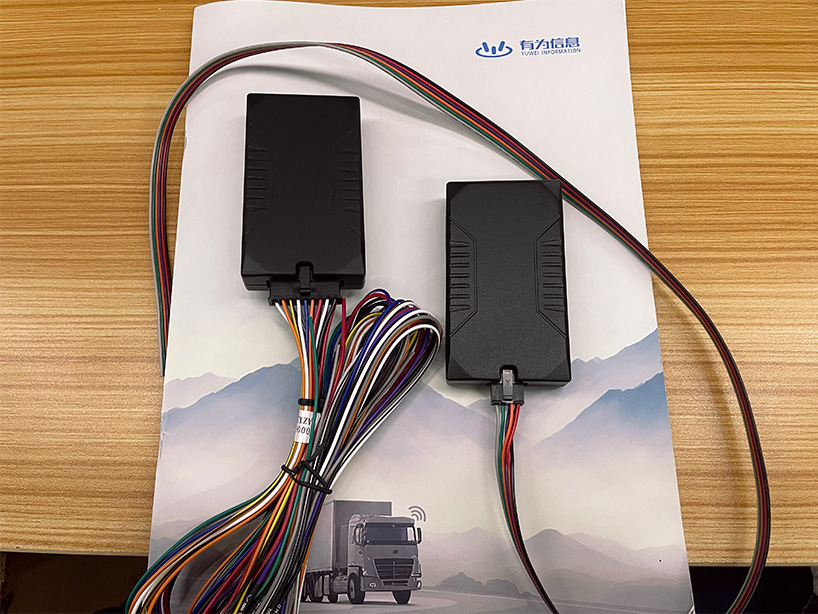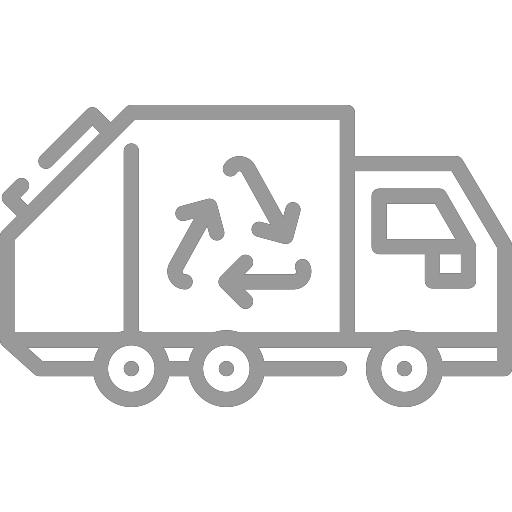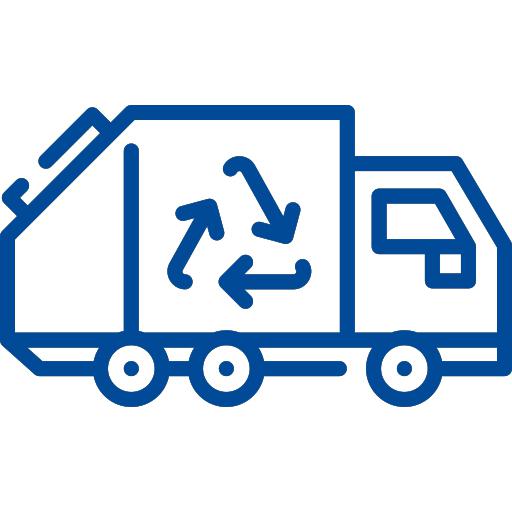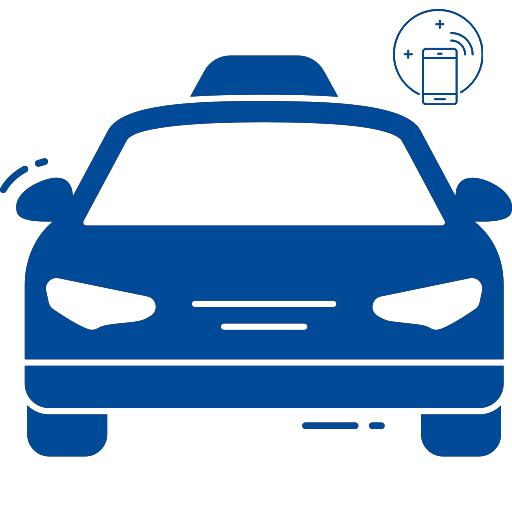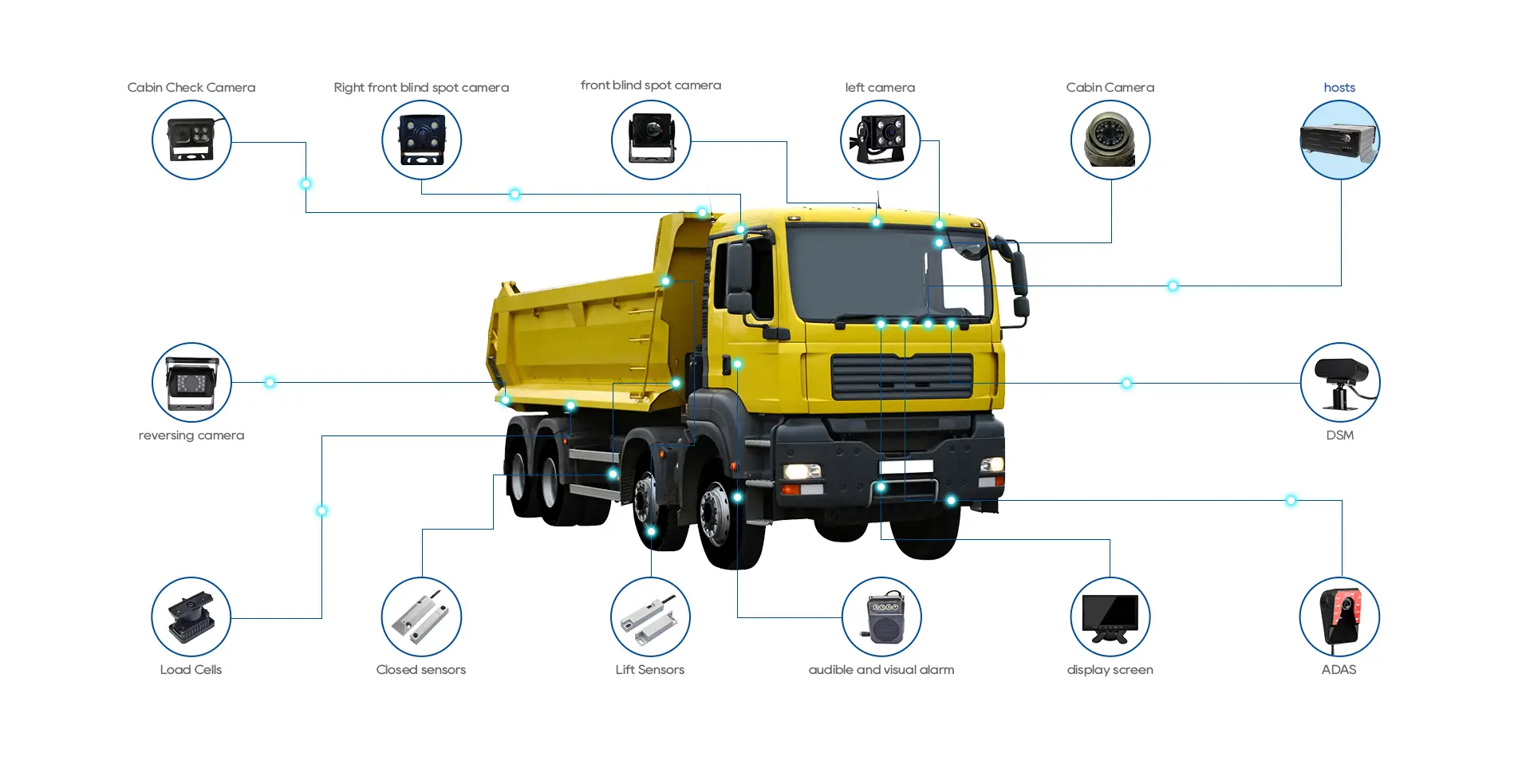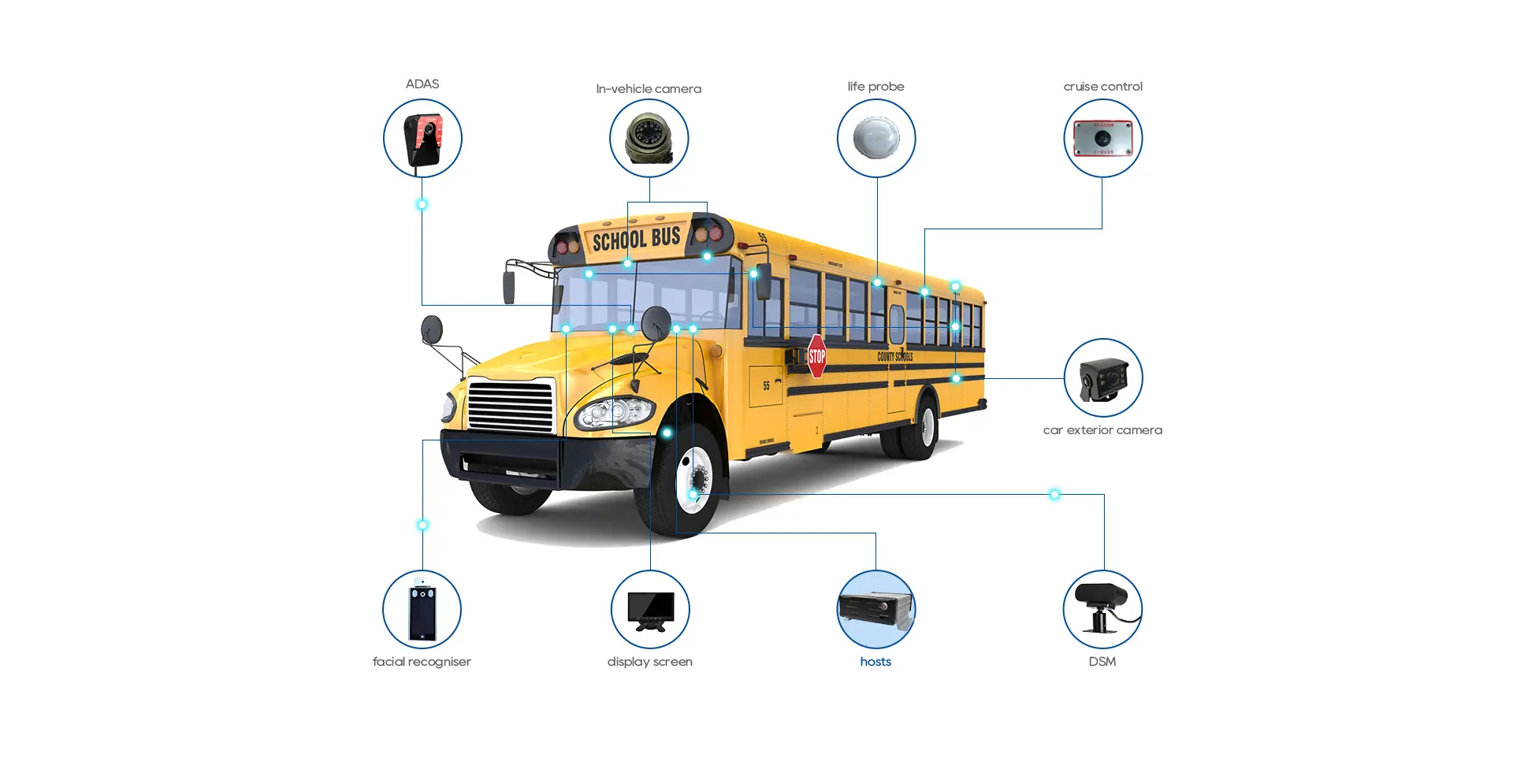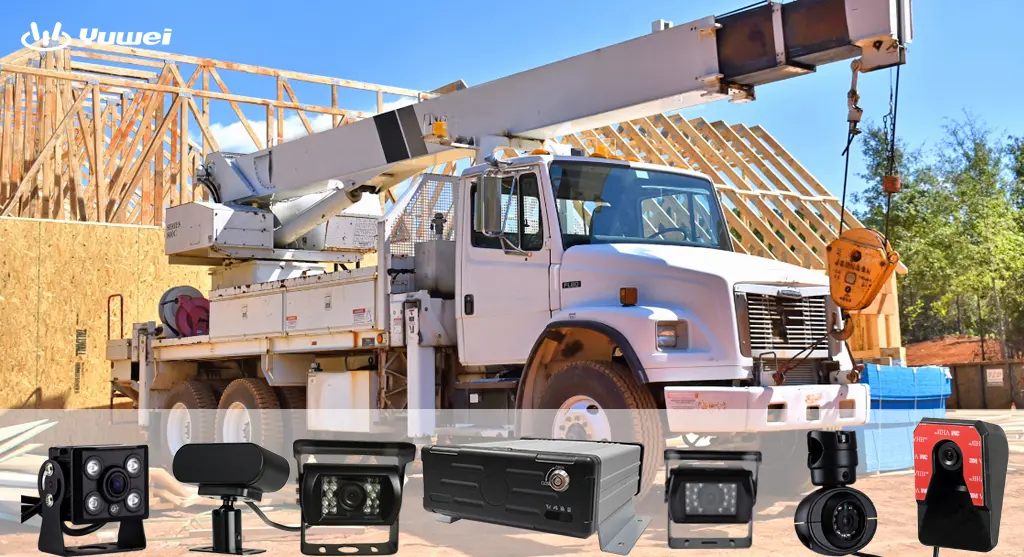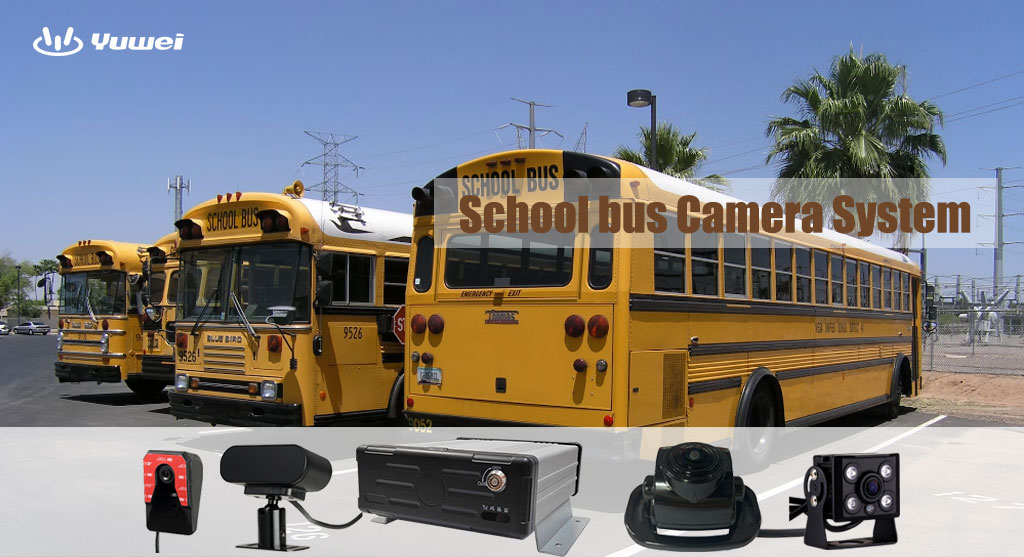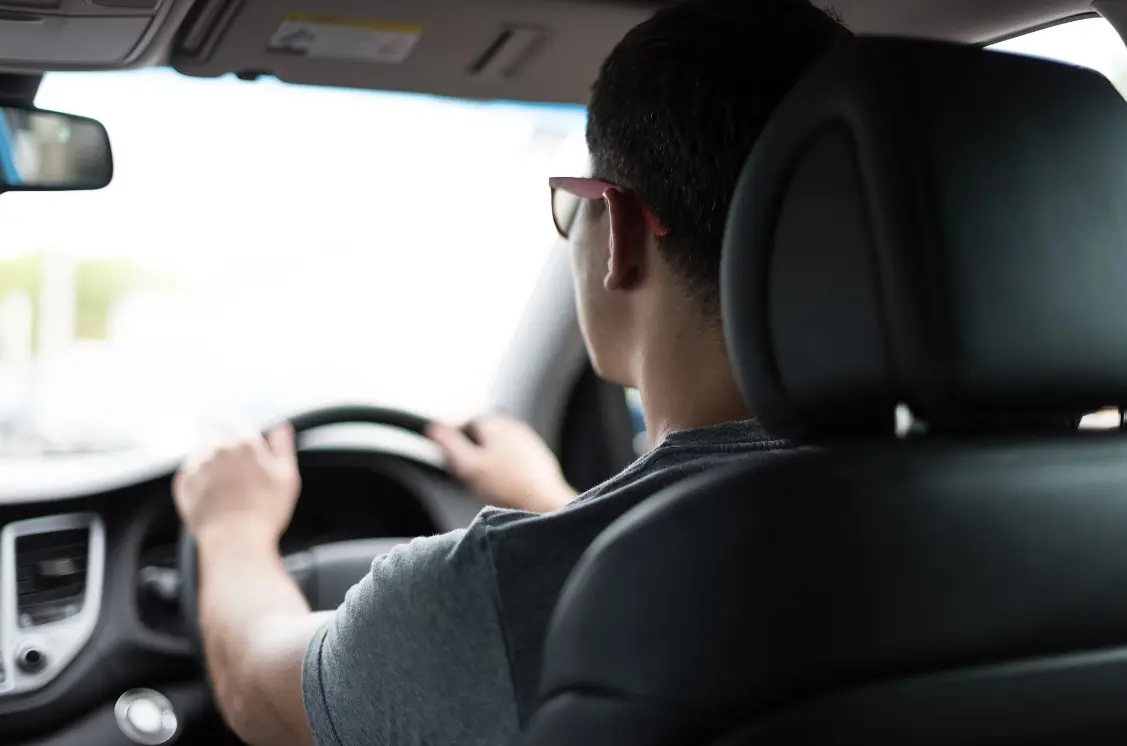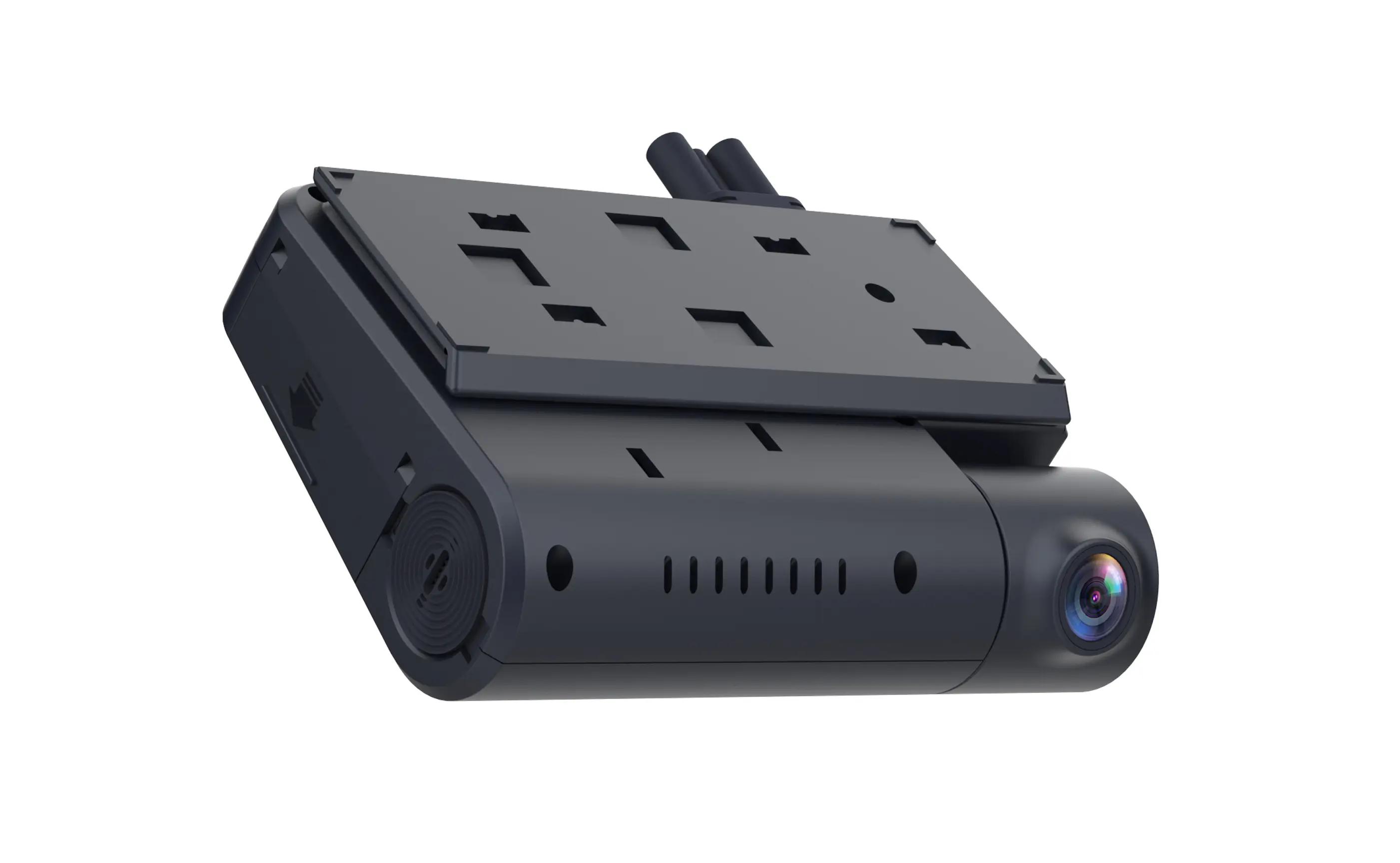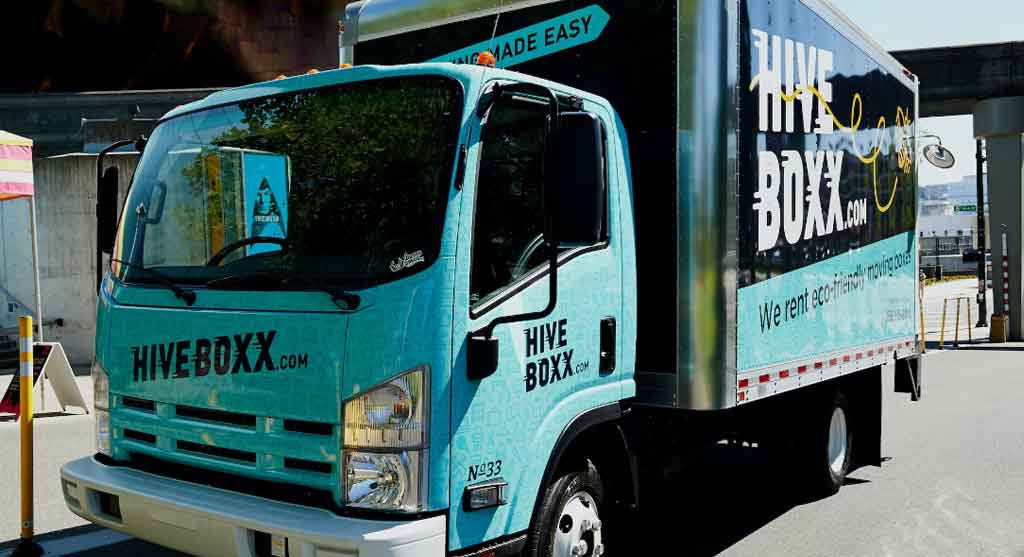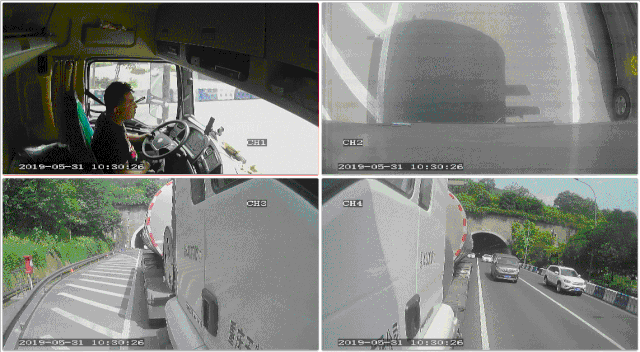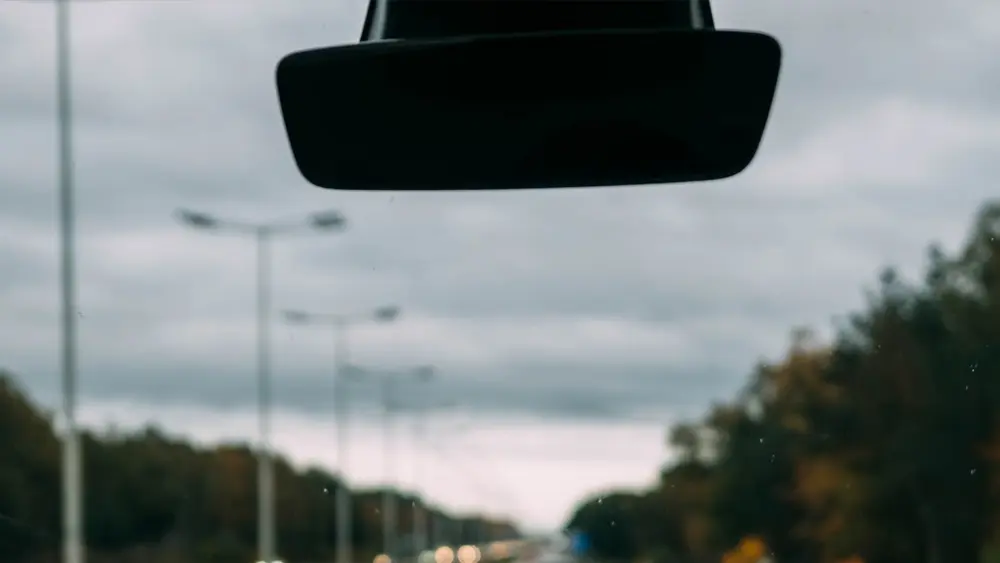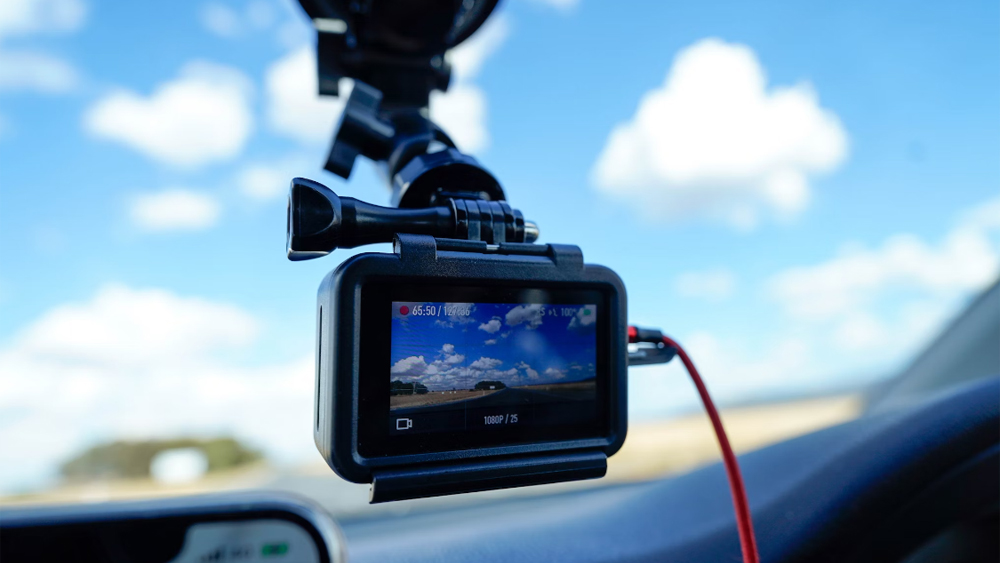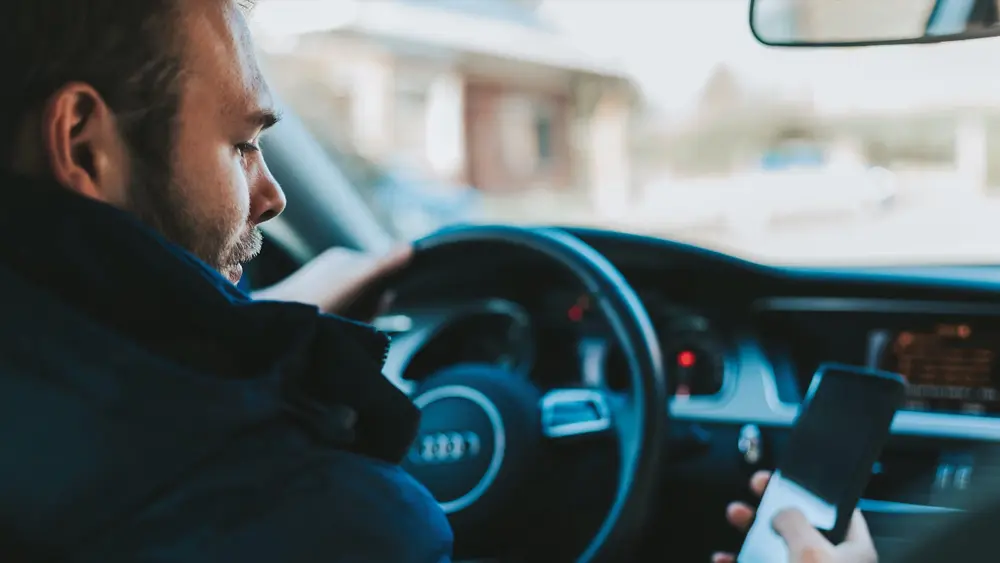Where would a GPS tracker be on a car
Where would a gps tracker be on a car
Car GPS trackers are generally divided into two types: wired and wireless. In the case of wired trackers, the installation location differs between car trackers and two-wheeler trackers.
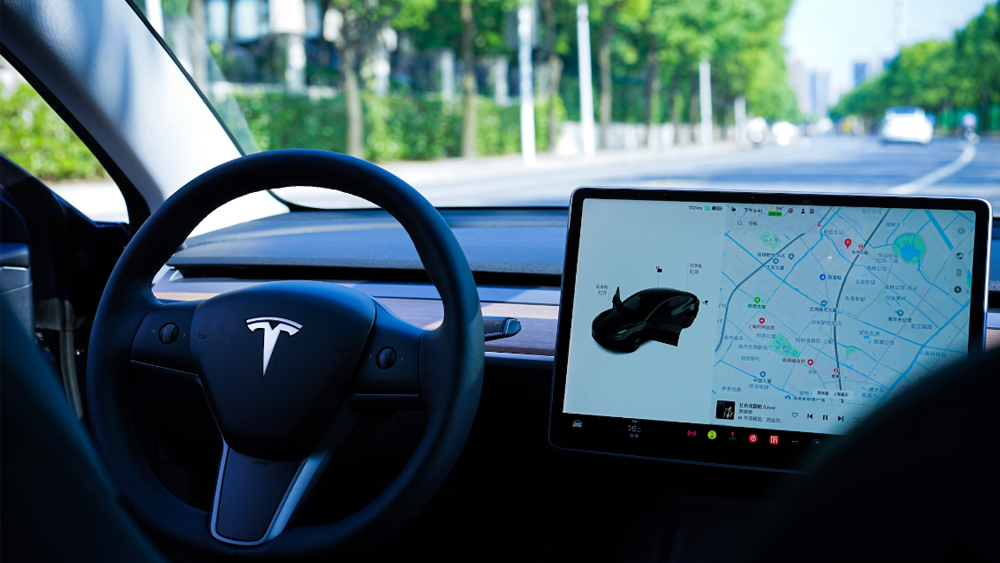
When installing the tracker, it should be positioned facing up toward the sky. It is important to ensure that the joints are secure and that there is no water ingress. If the car windscreen is covered with a metal insulation layer or heating layer, it can reduce the strength of satellite signal reception, resulting in inaccurate positioning. Therefore, it is advised to avoid installing the tracker in this position.
Convenient OBD interface installation:
As we know, every car is equipped with an OBD interface, which helps repairers quickly and accurately diagnose car faults and areas of malfunction, standardizing the diagnostic process.
Based on this, many car trackers have adopted a standardized OBD interface for plug-and-play convenience. Users only need to locate the car's OBD interface and plug in the tracker device. The tracker will then power itself and provide real-time positioning during the car's operation.
After discussing wired trackers and OBD interface trackers, let's talk about wireless trackers. The biggest advantage of wireless trackers compared to the first two is that they do not need to be connected to the car's power supply, allowing for hidden installation in any position within the car.
Position options for wireless tracker installation include:
① Seat
② Mirror
③ Trunk
④ Hood
⑤ Fender
⑥ Door partition
⑦ Bumper
Yuwei GPS positioning terminals, which have the highest dustproof and waterproof rating of IP68, can be installed in any position within the car to prevent any potential damage.
